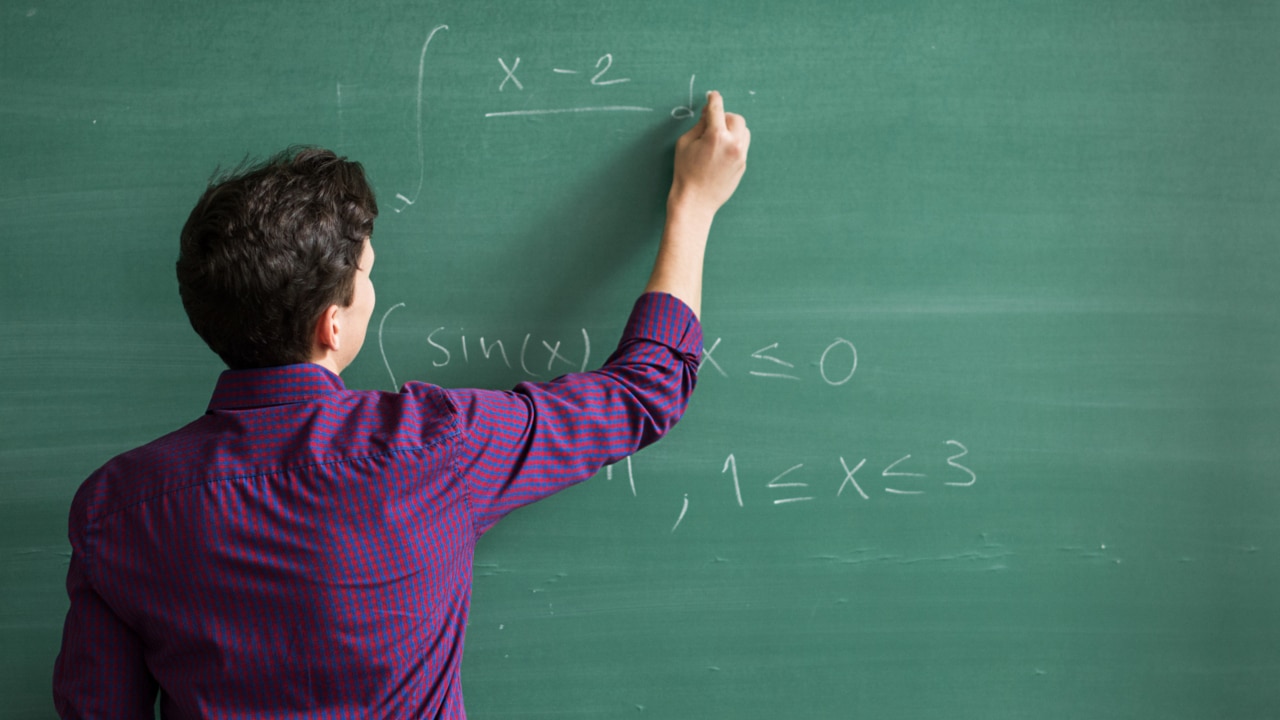Analysis reveals gender balance of students at SA public and private schools
Analysis of enrolments at SA’s public and private schools has revealed some big gender gaps. Search your school’s ratio here.

Education
Don't miss out on the headlines from Education. Followed categories will be added to My News.
Year 10 students Alessandra and Sofia are among just a handful of girls in their classroom at St Paul’s College.
The formerly all-boys Catholic school went coeducational in 2022 and a staged intake means there is currently one girl for every three boys – and none in Year 11 or 12.
However, the Gilles Plains campus has attracted almost 300 female enrolments in just three years and principal Paul Belton says demand is strong.
“People were asking us continually ‘When are you going to go co-ed?’,” he said.
The Advertiser has analysed the gender balance at South Australia’s public schools and top private colleges, based on 2023 enrolment data.
Due to privacy guidelines for Education Department data, where the table shows zero students it indicates the school has fewer than five students of that gender.

St Paul’s College may be an outlier as it builds its female cohort but other large gender gaps have emerged.
At the private University Senior College in the Adelaide CBD there were two girls for every boy among its 470 enrolled students.
Females also outnumbered males 1.7 to 1 at public Marden Senior College and Northern Adelaide Senior College, where many students are older or pursuing further study.
In the western suburbs there were 380 more boys than girls enrolled at private St Michael’s College, while at public Aberfoyle Park High School, in the southern suburbs, there were 200 more boys.
At some campuses the split was exactly 50/50, including 60 male and 60 female students at Lockleys Primary School, 170 each at Richmond Primary School, 182 each at Seacliff Primary School and 205 each at Balaklava High School.
On a smaller scale, at Scott Creek Primary School there were 26 boys and just 6 girls while the trend was reversed at Curramulka Primary School which taught 12 girls and 6 boys.
SA Primary Principals Association president Tobias O’Connor said there were often more stark imbalances in regional areas.
“Recently I saw this first-hand when visiting several very small country primary schools. In one case the ratio was around 75 per cent boys in the class,” he said.
Mr O’Connor said teachers would be mindful of the balance in the room and “differences between the way boys and girls prefer to learn”.
When St Paul’s College went co-ed a female teacher met with the family of all 127 girls who were starting in reception to Year 8.
“We had 11 committees for things like uniforms, subjects, wellbeing and leadership programs for girls,” Mr Belton said.
“We didn’t spread the girls too thinly, we made sure we had a good number together in class.”
Alessandra joined the college for Year 9 in 2023, transferring from an all-girls school.
The 15-year-old felt the mixed-sex environment was less competitive and offered a broader range of subjects and sports.
Aryan, 16, came to St Paul’s for Year 8 in 2022 from a coeducational primary school.
He noticed the incumbent boys were “a bit shy” at first but that changed quickly.
Analysis of public school enrolments by gender, made available online by the SA Education Department, also shows:
BOYS significantly outnumbered girls at schools with higher rates of students with complex needs like Bowden Brompton Community School (108 to 21), Modbury Special School (140 to 44) and Adelaide North Special School (125 to 63).
A HANDFUL of regional or remote schools had less than five female students, including Basket Range, Tarlee and Brinkworth primary schools.
OTHERS including Melrose and Robertstown primary schools had fewer than five male students.




